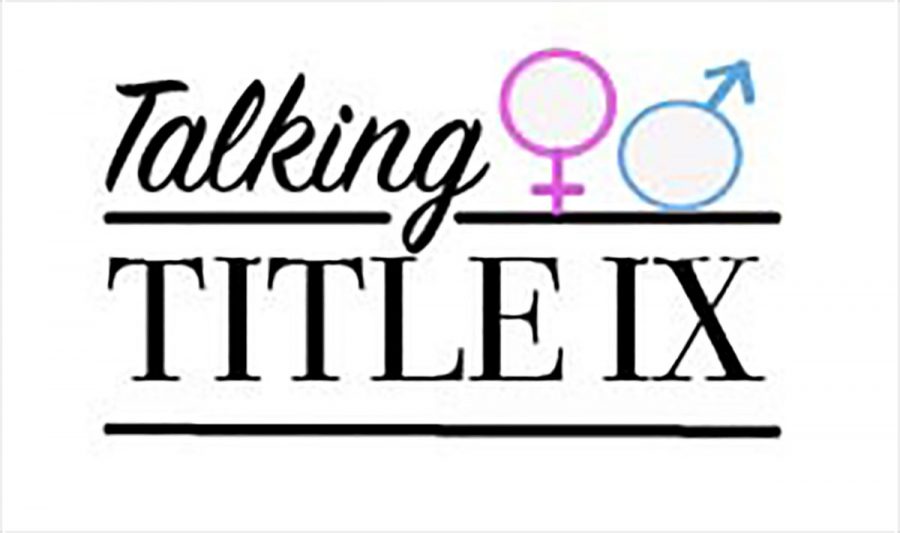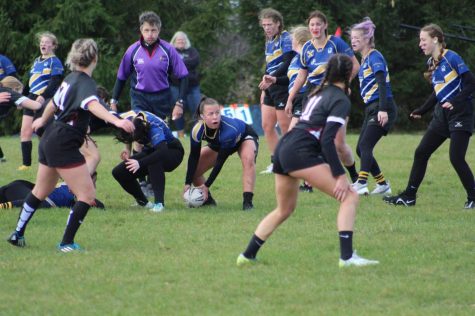Talking Title IX
Taking a closer look at the controversial proportionality clause
More stories from Nicole Bellford
Arguably one of the most vital ways for an institution to maintain compliance with Title IX, the gender equity enactment of 1972, is to uphold requirements of proportionality between male and female opportunities in athletics.
Over the course of the past 45 years, however, it has become clear that generating a stable definition of proportionality under the circumstance of sports programs is quite the challenge.
According to the National Collegiate Athletic Association (NCAA), institution compliance is assessed through “total program comparison.” This means the entire men’s program is compared to the entire woman’s program for equity analysis.
In a way, this type of compliance requirement makes perfect sense. If men’s and women’s athletic teams were required to mirror one another, equality wouldn’t be reached. For instance, if there is no female counterpart to a men’s sports team, such as football, then forcing an institution to create a female football team is absurd.
Rather, a total program comparison allows men’s and women’s teams to have differences, so long as male and female teams receive equal treatment and opportunities.
Under the proportional participation clause in Title IX, equal treatment and opportunities can be satisfied by ensuring the number of female athletes is proportional to the number of females enrolled at the institution, with the same requirement for males.
For example, if a school has 60 percent female enrollment, Title IX calls for 60 percent of athletes to be female. Just the same, if an institution possesses 40 percent male enrollment, the legal enactment calls for 40 percent of athletes to be male.
This can be achieved by creating programs and teams to match the representation between genders in athletics. At UW-Eau Claire, female programs such as gymnastics and volleyball help create proportional representation between male programs such as football and wrestling.
According to The Women’s Sports Foundation, this is a justifiable measure of compliance.
“Build it and they will come,” the Foundation stated. “Given equal athletic opportunities, women will rush to fill them. The remaining discrepancies in sports participation are the result of continuing discrimination in access to those opportunities.”
Nevertheless, Title IX critics feel the proportionality requirement to be discriminatory toward male sports, specifically less mainstream programs such as swimming, wrestling and gymnastics.
Time Magazine reports that since Title IX’s inception, schools across the nation have been pressured to “cut back” on male programs in order to meet proportionality standards, regardless of the demand for the sport. The same article found approximately 450 wrestling teams have vanished from institutions’ athletic lineups since 1972.
However, the National Coalition for Women and Girls in Education (NCWGE) begs to differ. The organization reported in their “Title IX at 40” release men’s sports declining at the hands of Title IX is more myth than fact.
In actuality, the release stated men’s programs across the nation have continued to grow since 1972, with no proof behind the statement of the legal enactment forcing men’s teams to be cut aside from coincidental conjecture.
“Title IX does not require or encourage the cutting of any sports,” the release said. “It does allow schools to make choices about how to structure their programs as long as they do not discriminate.”
Regardless of your stance on the topic of proportionality, playing the blame game isn’t going to solve the argument. To those who question the proportionality clause, I ask: Do you have a better idea?
If so, let’s talk.










